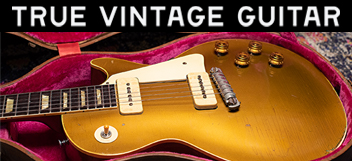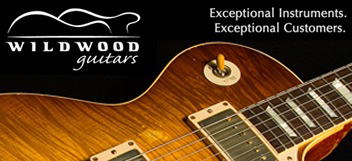sonar
New member
- Joined
- Jan 10, 2003
- Messages
- 3,589
Yes, I cited those to him specifically. He told me these were not suitable for the high (430) plate voltages in my 5F10 Circuit Victoria Ivy League. Truth? Attempt at upsell? Who knows? The guy has some street cred so I'll take him at his word and stick with what's working for me.
430V on the plates? :wah
So much for street cred.
Pass on this guy. You're better off taking your chances on eBay.



